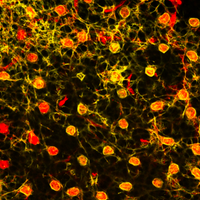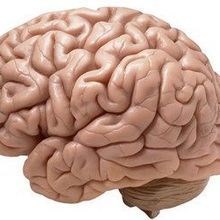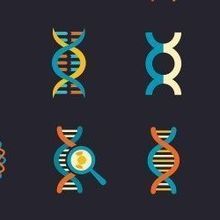computer modeling

5-Star Rating System Ranks the Validity of Health Advice
Katherine Irving | Oct 10, 2022 | 2 min read
The proposed tool aims to inject clarity into the often-murky science of health risk factors, but some experts are skeptical that it’ll succeed.

How to Fix Science's Code Problem
Katarina Zimmer | Sep 12, 2022 | 10 min read
Despite increasingly strict journal policies requiring the release of computational code files along with research papers, many scientists remain reluctant to share—underscoring the need for better solutions.

China-US Climate Collaboration Ended Due to Security Concerns
Natalia Mesa, PhD | Apr 12, 2022 | 3 min read
Texas A&M cited potential foreign interference when explaining why it shut down a jointly run modeling laboratory.

Crowdsourced Protein Simulation Exceeds Supercomputers’ Power
Shawna Williams | Apr 15, 2020 | 2 min read
Folding@Home, currently focused on deciphering the workings of SARS-CoV-2, is the first project to have exascale-level computational muscle.

Artificial Neurons Fire in Life-Like Patterns
Ashley Yeager | Dec 4, 2019 | 2 min read
The silicon chips receive and send electrical signals, recreating activity from neurons in the rat brain that play a role in breathing and thinking.

Infographic: Brain-Like Computers Provide More Computer Power
Sandeep Ravindran | May 1, 2019 | 2 min read
Neuromorphic technology is fueling fast, large-scale simulations, supporting researchers’ endeavors to build models of the human brain.

Image of the Day: Break Apart
Sukanya Charuchandra | Sep 13, 2018 | 1 min read
Scientists can now view mitosis one protein (or more) at a time using a 4-D computer model.

AI Object Recognition System Operates at Speed of Light
Anna Azvolinsky | Jul 26, 2018 | 3 min read
Researchers have created a 3D-printed artificial neural network that uses light photons to rapidly process information.

Why Are Modern Humans Relatively Browless?
Jim Daley | Jul 1, 2018 | 4 min read
The function of early hominins’ enlarged brow ridges, and their reduction in size in Homo sapiens, have puzzled paleoanthropologists for decades.

Image of the Day: Throw the Switch
Sukanya Charuchandra | Jun 27, 2018 | 1 min read
A computer model of the eye can predict the consequences of altering the neural pathways of vision.

What Made Human Brains So Big?
Ashley Yeager | May 24, 2018 | 2 min read
Ecological challenges such as finding food and creating fire may have led the organ to become abnormally large, a new computer model suggests.

Deep Learning Allows for Cell Analysis Without Labeling
Kerry Grens | Apr 12, 2018 | 2 min read
A new microscopy program requires no fluorescent markers to identify cell type, nuclei, and other characteristics.

Image of the Day: Puzzle Plants
The Scientist and The Scientist Staff | Mar 19, 2018 | 1 min read
The jigsaw-shape cells found in the epidermis of many plants may serve to reduce mechanical stress on cell walls.

Driving Down Pests
Amy Lewis | Aug 27, 2017 | 4 min read
A computer model estimates that gene-drive technology could wipe out populations of an invasive mammal on islands.

Another Explanation for Africa’s Enigmatic Fairy Circles
Diana Kwon | Jan 19, 2017 | 1 min read
Using simulations, scientists report that a mixture of termites and plant competition may be responsible for the strange patterns of earth surrounded by plants in the Namib desert.

Profile: Dean Buonomano Studies How the Brain Encodes Time
Anna Azvolinsky | Sep 1, 2016 | 8 min read
The UCLA neurobiologist uses computational modeling, in vitro electrophysiology, and human psychophysics experiments to explore how neurons and the brain as a whole perceive and respond to time.
